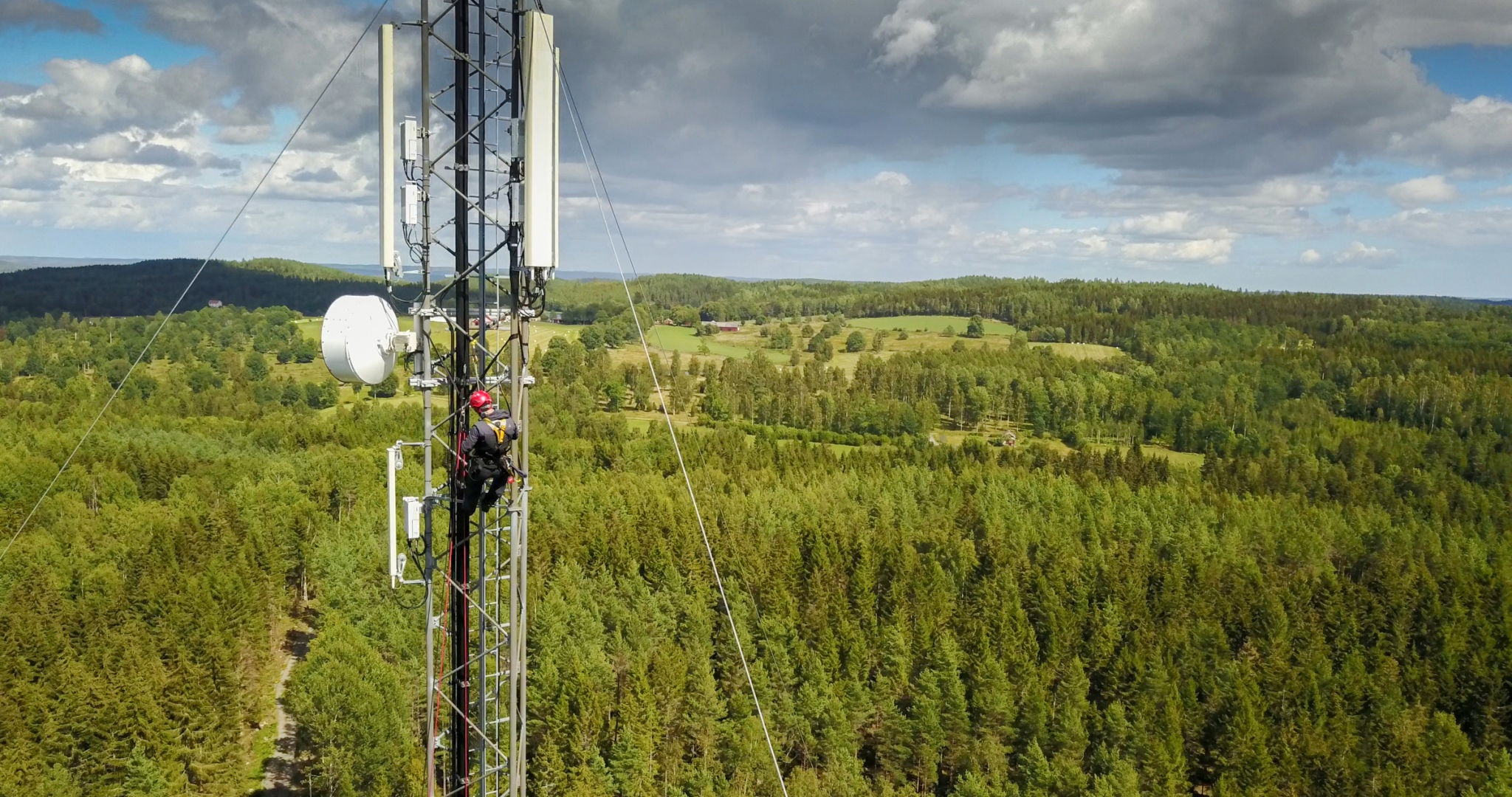DIY Drone Maintenance Tips: Keeping Your UAV in Top Shape
Understanding the Basics of Drone Maintenance
Maintaining your drone is essential for ensuring its longevity and optimal performance. Regular care and maintenance not only help in preventing unexpected malfunctions but also enhance the safety of your flights. Whether you're a seasoned drone pilot or a beginner, establishing a routine maintenance schedule can make a significant difference in the lifespan of your UAV.

Inspect Your Drone Before Each Flight
Before taking your drone to the skies, it's crucial to perform a pre-flight inspection. Check for any visible damage, such as cracks or loose parts, that could affect its performance. Make sure that the propellers are intact and securely attached. If you notice any damage, replace the parts before flying to avoid accidents.
Additionally, ensure that your drone's battery is fully charged and in good condition. A healthy battery not only provides longer flight times but also prevents mid-air power failures. Keep an eye out for any swelling or leaks, as these are signs that the battery needs to be replaced.
Regular Cleaning and Dusting
Dirt and debris can accumulate on your drone over time, leading to potential issues with its sensors and moving parts. After each flight, especially in dusty or sandy environments, gently clean your drone using a soft brush or compressed air. Pay special attention to the camera lens and sensors to ensure they remain clear for optimal functionality.

If you fly in wet conditions, make sure to dry your drone thoroughly before storing it. Moisture can lead to corrosion and other damage if not addressed promptly. Always store your drone in a cool, dry place when not in use.
Software Updates and Calibration
Keeping your drone's software up to date is vital for its performance and security. Manufacturers frequently release firmware updates that fix bugs, improve features, and enhance flight stability. Regularly check for these updates and install them as needed to keep your UAV running smoothly.
Calibration is another important aspect of drone maintenance. Periodically calibrate your drone's compass and sensors to ensure accurate flight data and positioning. Follow the manufacturer's guidelines for calibration procedures to avoid any potential issues during flights.

Proper Storage Practices
How you store your drone when not in use can significantly impact its condition. Always remove the battery before storing your drone to prevent unnecessary power drain or potential damage from battery leakage. Store the battery separately in a cool, dry place.
Invest in a quality drone case to protect your UAV from dust, moisture, and physical damage during transportation and storage. A well-designed case with padded compartments can safeguard all components of your drone, including spare parts and accessories.
Conclusion
By following these DIY drone maintenance tips, you can keep your UAV in top shape for many flights to come. Regular inspections, cleaning, software updates, and proper storage are all essential components of responsible drone ownership. With a little effort and attention to detail, you can enjoy safe and thrilling aerial adventures while maximizing the lifespan of your equipment.